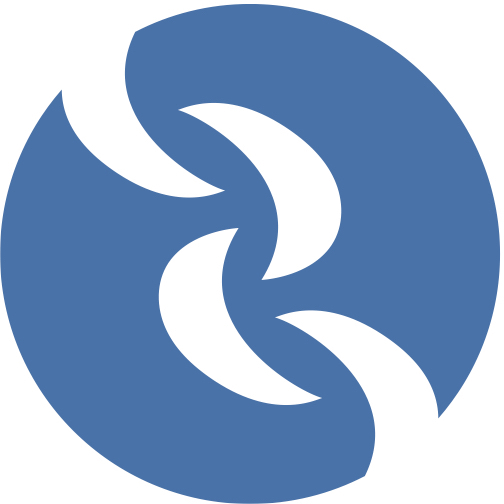I Started A $40K/Month Custom Tailored Clothing Line
Hello! Who are you and what business did you start?
My name is Ray Li and I’m the founder of Sene. We combine classic styles with radical comfort, and custom-make each piece to fit. Every order is covered by our 60 Day Guarantee - free alterations, remakes, exchanges and returns.
Our flagship products are our Men’s FlexTech Suit and Women’s FlexTech Suit. This is the ultimate travel suit custom-made with athleisure fabrics. Each one features four-way stretch, moisture wicking technology, and easy care.
We use data science to replace the tailor. Customers take the SmartFit Quiz and answer 10-15 questions to generate a custom fit, and it's much more accurate than a measuring tape.
Our collection for men and women currently spans custom shirts, custom pants and bottoms,

Download the report and join our email newsletter packed with business ideas and money-making opportunities, backed by real-life case studies.

Download the report and join our email newsletter packed with business ideas and money-making opportunities, backed by real-life case studies.

Download the report and join our email newsletter packed with business ideas and money-making opportunities, backed by real-life case studies.

Download the report and join our email newsletter packed with business ideas and money-making opportunities, backed by real-life case studies.

Download the report and join our email newsletter packed with business ideas and money-making opportunities, backed by real-life case studies.

Download the report and join our email newsletter packed with business ideas and money-making opportunities, backed by real-life case studies.

Download the report and join our email newsletter packed with business ideas and money-making opportunities, backed by real-life case studies.

Download the report and join our email newsletter packed with business ideas and money-making opportunities, backed by real-life case studies.











































